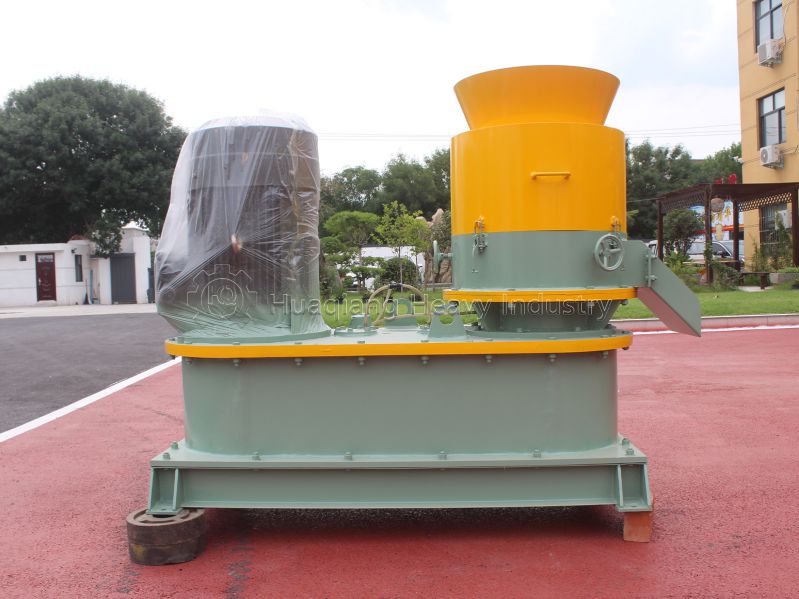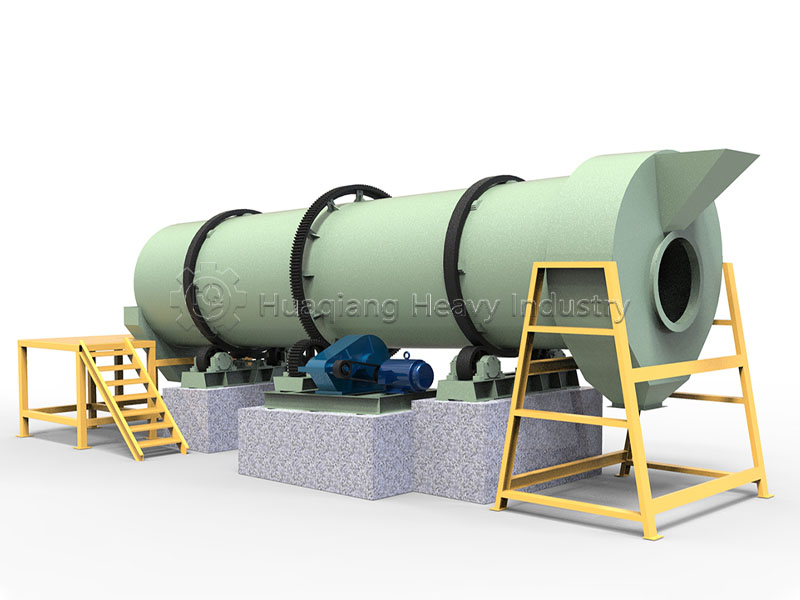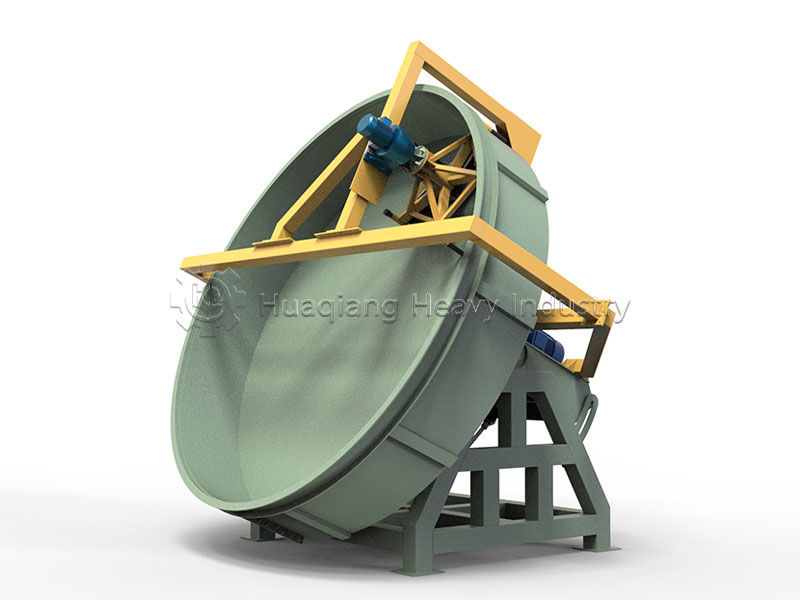Disc granulator: An efficient “Pellet Former” in fertilizer production
In fertilizer granulation production, disc granulators, with their simple structure and easy operation, have become a common tool for small and medium-sized fertilizer companies. They are particularly widely used in granulating compound and organic fertilizer raw materials.
In terms of its core structure, a disc granulator primarily consists of an inclined disc, a transmission system, a distributor, a spray system, and a frame. The disc’s tilt angle and rotational speed are key parameters. Typically, the tilt angle is controlled between 15° and 30°, and the rotational speed is maintained between 15 and 30 rpm. By adjusting these two parameters, fertilizer raw materials of varying moisture and particle size can be accommodated. The transmission system often utilizes a gear reduction design to ensure smooth disc operation and prevent uneven particle size due to speed fluctuations.

During operation, the mixed fertilizer raw materials are evenly delivered by the distributor into the rotating disc. As the disc rotates, the raw materials roll along the inner wall of the disc under the combined effects of centrifugal force, gravity, and friction. At this point, the spray device precisely applies the binder, gradually agglomerating the raw materials into small particles. As the particles continue to roll, they absorb the raw materials and grow larger. Once they reach the desired particle size, they overflow from the edge of the disc and enter the subsequent stages.
This disc granulator offers advantages in highly uniform granulation, low energy consumption, and low maintenance costs; only regular inspections of the disc wear and lubrication of the transmission components are required.





.jpg)


